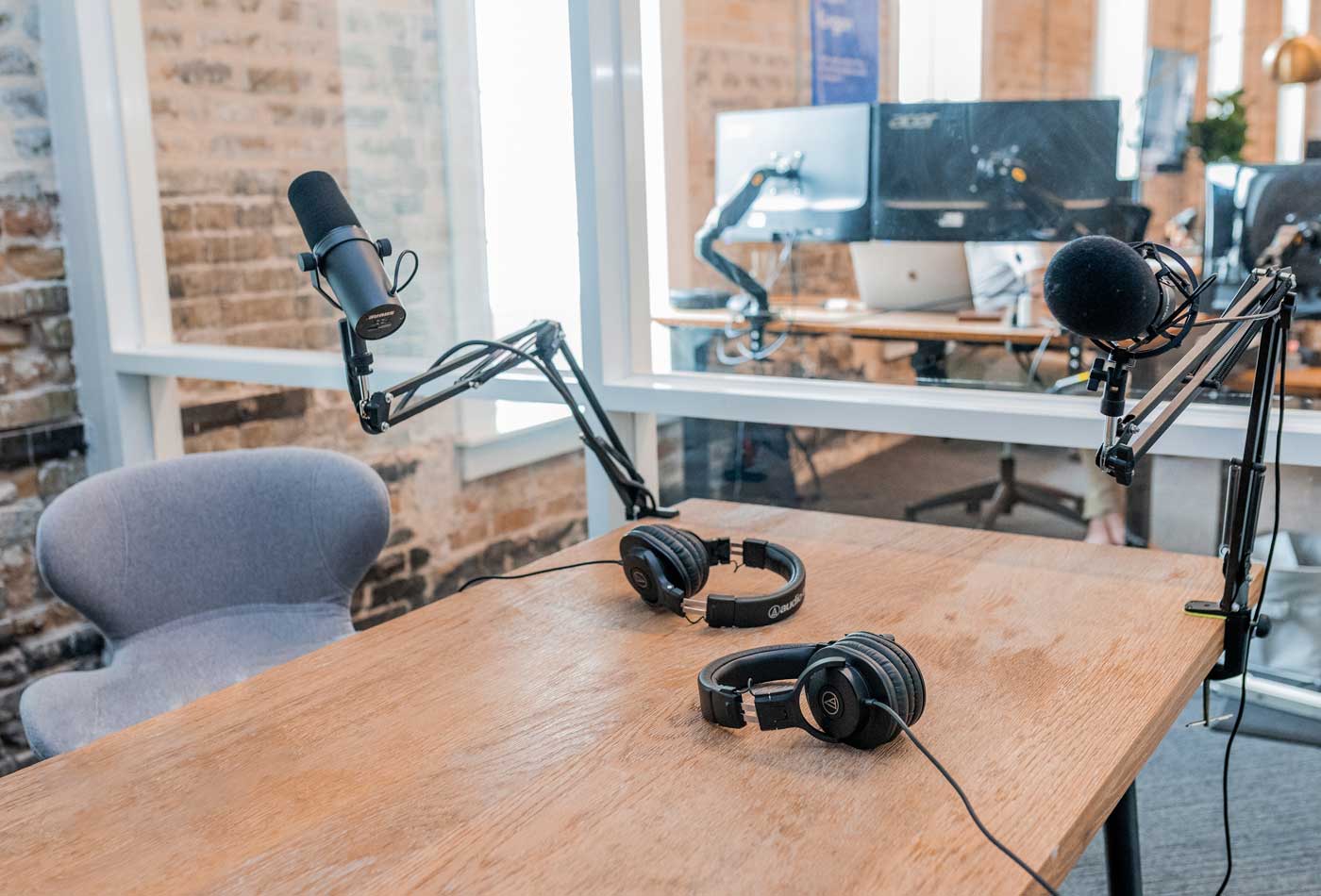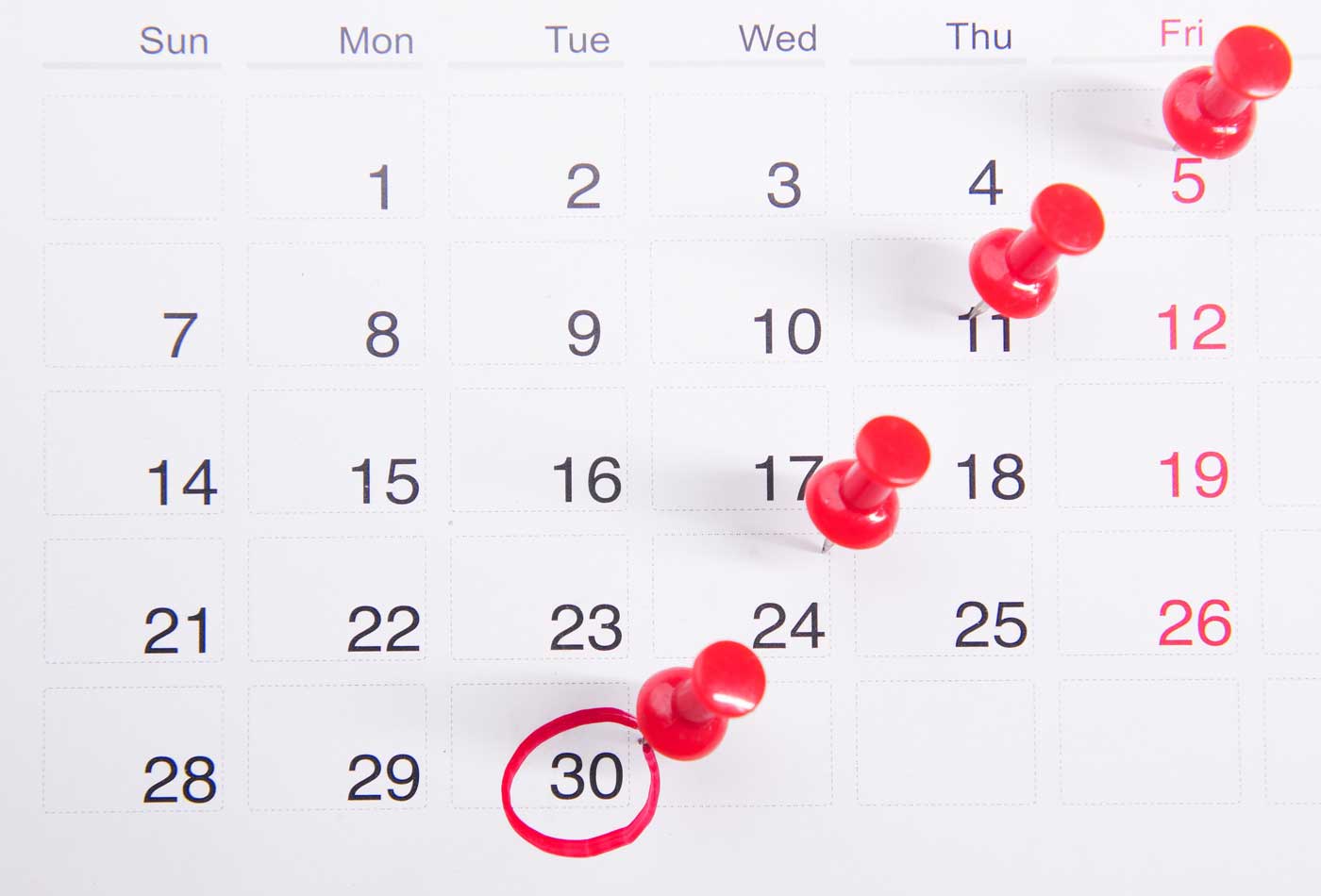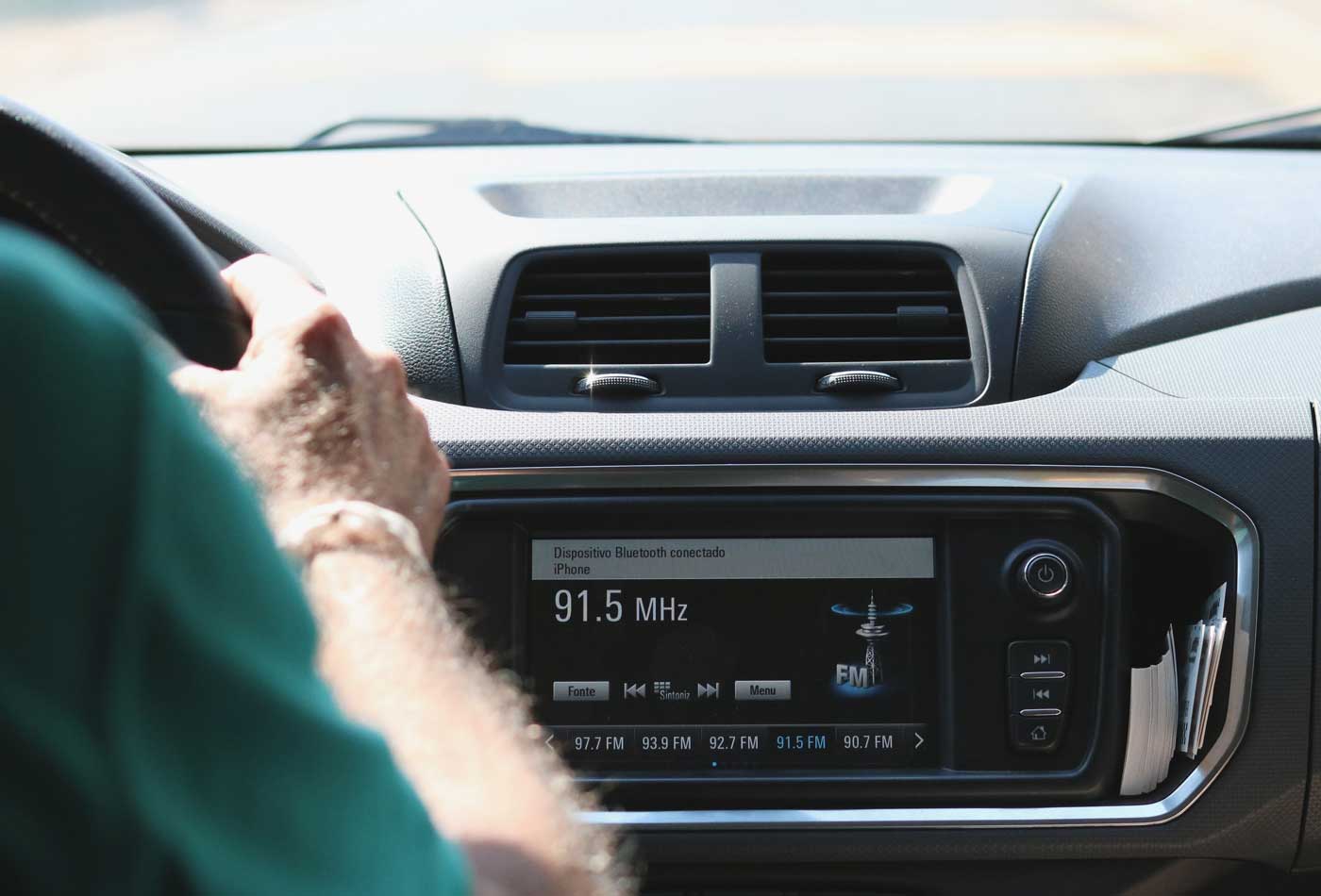Public relations is about managing reputation. Central to this is how other people perceive you and/or your organisation. We all want to be seen in a positive light. If we’re not, either through our own fault or external circumstances, we want to change how we’re seen.
A PR campaign, or more likely a series of campaigns, is how you manage this.
All mediums can be used as part of a public relations campaign, including broadcast, print, online and social media. As broadcast PR specialists however, we believe radio and television coverage is always the icing on the cake!
Who would benefit from a public relations campaign?
A household name or an unknown start-up, it doesn’t matter which. Any brand or organisation can benefit from a PR campaign. You can use public relations to increase brand awareness, communicate key messages to broad and targeted audiences and to promote your core values.
Ultimately businesses, and individuals wanting a share of the limelight, want to promote their sales and worth.
The purpose of a PR campaign is unique to each brand. Businesses vary in goals and outcomes, therefore their public relations activities need to be moulded to match them.

Planning a PR campaign. Who do you want to reach?
The first question is who do you want to reach? Whoever they are, this is your target audience. Typically, they are your customers and you should have a good idea of who they are demographically.
You should know whether they’re male or female, roughly what age they fall into, where in the world they are, their social classifications and so on. Then a good PR agency should be able to find them for you. That means creating a story that appeals to the media outlets where your target audience goes.
Not every story suits every publication or broadcaster. BBC regional radio for example attracts an older audience than commercial stations. Channel 5 News meanwhile is the polar opposite to BBC 2’s Newsnight.
What do you want to achieve?
Having reached your chosen audience you need to decide what you want to tell them. At the beginning of a campaign, we ask our clients which two elements of a campaign are most important to them. Those elements include: audience reach, number of PR media opportunities, the number of key messages communicated and the quality of the opportunities.
If a PR agency knows what you want to achieve at the start of a campaign, then there’s a much better chance of those goals being reached. For example, if you have some complex key messages to get across, we would try to secure as many live interviews on radio and television as possible. A spokesperson has more editorial control in a live interview, relative to a pre-recorded interview which will be edited. You will also get more air-time with a live interview, sometimes several minutes.
However, should the point of your campaign be increased brand awareness then we will take a different approach. We will craft a story that appeals to the stations with the biggest reach, which means national television and larger commercial radio stations.

Top tips for a successful PR campaign
First of all think like a journalist. Print, broadcast or online, the principles are similar. Journalists want a strong top line. That means the story summed up in a sentence. A cynical old hack might say there’s no such thing as an original story, but you need at least a new spin on an old story!
Water cooler moment
A dog biting a man is not going to raise any eyebrows. But a man biting a dog is a bit different. It leads to all the obvious questions: who, why, what, when where. And it might even be that story that you remember later in the day, in a chat with a colleague at the water cooler, or the kettle in the kitchen with a fellow home worker.
Peg it
Broadcast journalists in particular like to shoehorn a story into a neat diary entry. It’s called a peg, a reason for covering a story on a particular day. The launch of a new product, the publication of newly published research are obvious PR pegs, but you can find others too.
Consider the day
Clients wanting print often want to see their story land in the Sundays, but hope broadcast falls on the Monday, when the opportunities are greater and audiences bigger. That’s OK if your priority is the Sunday newspapers. If you do well securing print and online coverage this is highly likely to have an impact on broadcast the next day. You might still get away with some regional radio coverage, but national radio and television will consider a story that has been in print the day before to be old.
So if radio and television PR coverage is high on your list you may want to rethink.
Mondays are often particularly competitive in the world of broadcast news. The start of the week is also considered by journalists to be more appropriate for harder news story and PR generated content often doesn’t fall into this category!

News vs features
The other differentiator is that broadcast doesn’t have many opportunities for softer feature stories. Instead it lends itself more to the softer stories towards the end of the week. So a lighter story may get more coverage on a Thursday or Friday than earlier on in the week.
Media outreach and distribution
A target list, or which publications and broadcasters to approach, needs to be in line with the targets set out at the beginning of the campaign. Who do you want to reach and what do you want to say? That will dictate who will be included in your outreach.
The problem is a public relations campaign is competing with organic news. It’s a crowded field these days, meaning you can’t just ping out an email and hope some interviews come in. Press releases need to be tailor made to suit particular media. We often write several per campaign, in order to maximum the coverage we secure. They need to be sent to named people in relevant jobs. Generic email addresses are often a black hole going nowhere!
Broadcast PR campaigns
Some stories work better for print/online than broadcast and vice versa. A list of the top ten isn’t going to cut it for broadcast. You might be able to skim a glance when you read a list, but no one is going to read it out loud on radio or TV. Research stories meanwhile work really well for radio broadcast PR campaigns as they often provoke discussion. That’s what radio likes, a good chat about a controversial subject. Television however often struggles to illustrate such a story. Of course TV is focused on the visuals and it’s hard to illustrate how 1 in 10 people feel worried about fuel bills, without going into much more detail.

Think pictures
A picture is worth a thousand words. It might also get you front page of a newspaper or website and television coverage. Newsrooms are time poor and cutbacks have resulted in fewer resources than ever before. But provide stunning visuals in the correct quality and format and opportunities can come knocking.
It’s worth a special nod to television. One option is to provide television crews with an opportunity to film what they need to illustrate your broadcast PR campaign story. That’s what they prefer to do, if only they always had the resources to do it.
Ready made pictures
Alternatively you could think about providing B-roll. B-roll is 6-8 minutes of roughly edited video footage that is given to broadcast journalists free of charge and any copyright issues. Broadcasters don’t want to use B-roll, because they feel it could compromise their editorial control, but they do accept it, often gratefully, when they don’t have a spare camera crew to send out themselves.
To make sure that your B-roll appeals to broadcasters there are two golden rules. In more than twenty years of producing B-roll for clients those that have followed the two rules have had their footage used on television.
For more about B-roll read more on the subject here.
How Shout! Communications can help you
If you’re interested in additional support to help you clinch top quality coverage on national and regional radio and television (international too) then we’re here to help. We offer every service you need to secure coverage. From media relations and video and podcast production, to media training and technical broadcast support, you can cherry pick as much or as little as you want.
The best public relations campaigns have the best planning behind them. We recommend asking for help at an early stage. We’ll guide you through the ingredients you need for broadcast, even before we’re commissioned. Our team all have experience as broadcasters. They were producers, presenters, reporters, news editors and planners.
Get in touch by emailing hello@shoutcommunications.co.uk or ringing 020 7240 7373 and we’ll give you the best advice to meet your goals.



